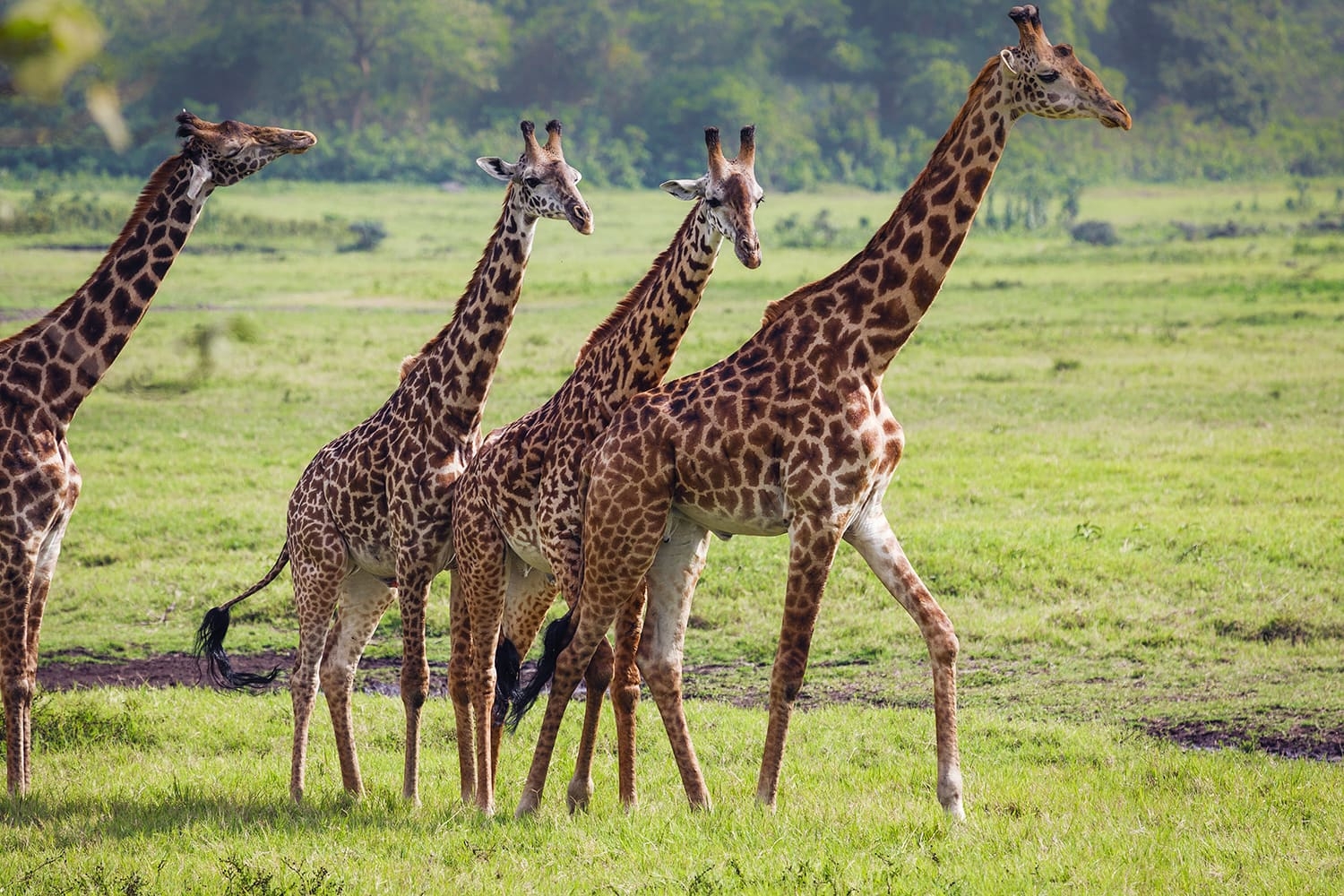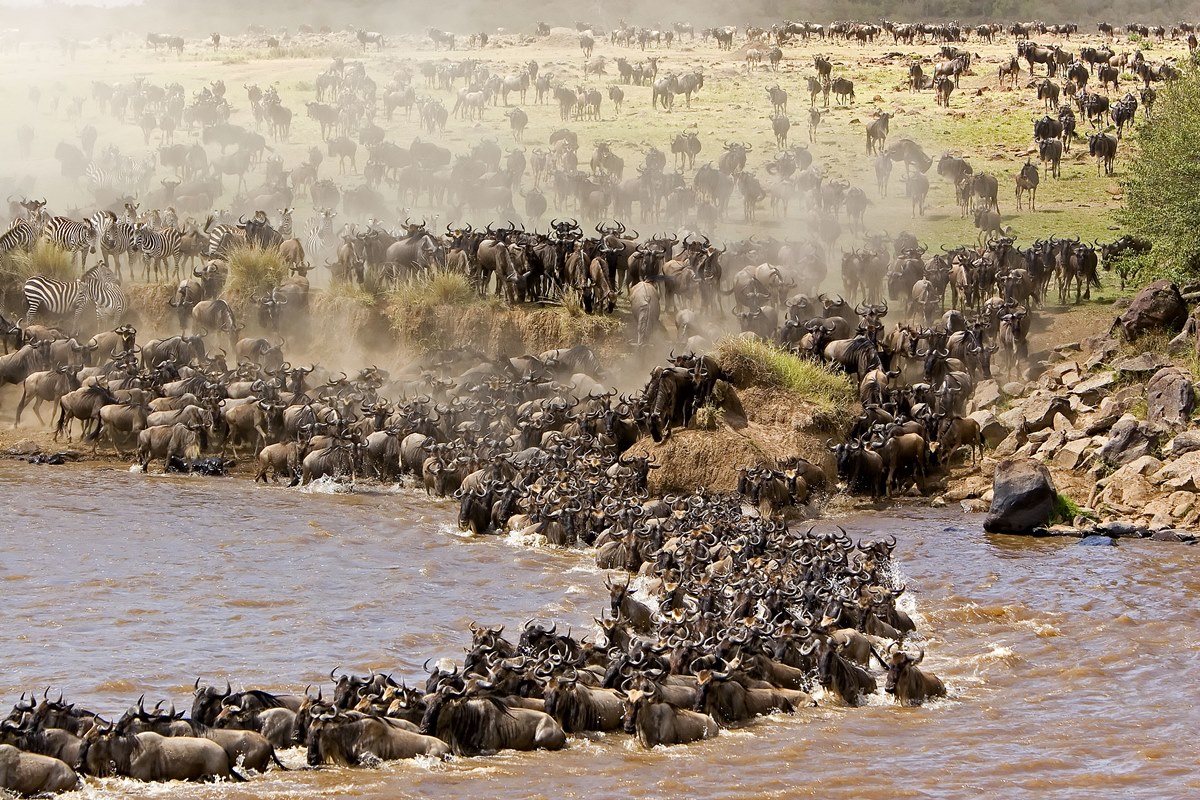Tarangire National Park
Park Overview
Tarangire National Park is one of Tanzania’s most enchanting wildlife destinations, located in the northern region of the country. Covering around 2,850 square kilometers, the park is situated approximately 120 kilometers southwest of the city of Arusha, making it accessible for travelers exploring the popular northern safari circuit. The park is named after the Tarangire River, which winds its way through the area and sustains the diverse flora and fauna, especially during the dry season. Tarangire is renowned for its sprawling savannahs, iconic baobab trees, and dramatic landscapes. It offers a more tranquil and less crowded safari experience compared to its famous neighbors, Serengeti and Ngorongoro Crater, making it ideal for visitors seeking both adventure and peaceful moments in nature.
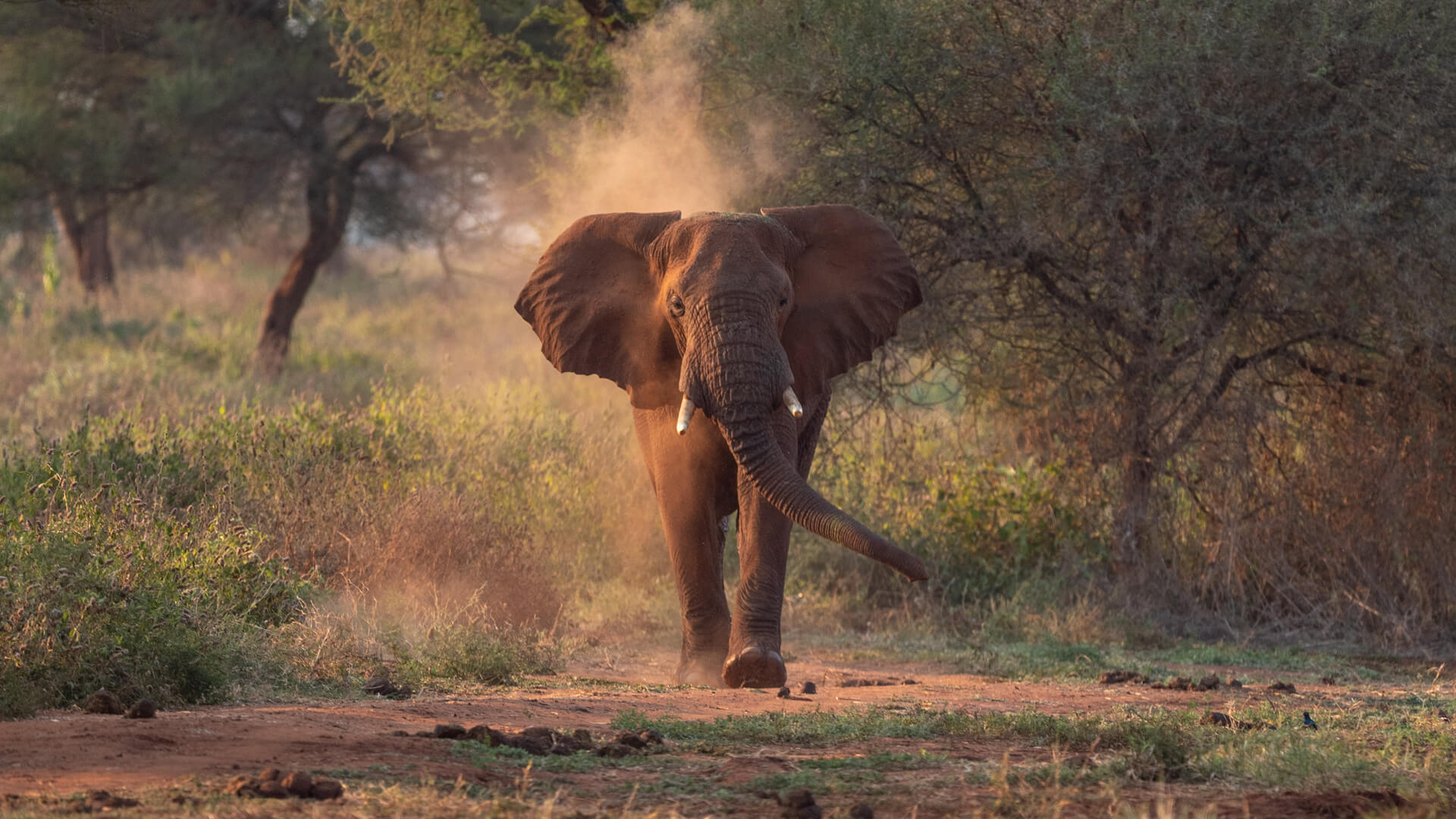
Wildlife
Tarangire National Park is celebrated for its incredible wildlife density, particularly during the dry season when animals converge around the Tarangire River. The park is famously home to some of Tanzania’s largest elephant herds, often seen in groups of hundreds. Visitors can also spot a variety of other large mammals such as lions, leopards, cheetahs, buffalo, giraffes, zebras, wildebeests, impalas, and elands. The park is also notable for its rare and unusual species, including the fringe-eared oryx and the gerenuk, an antelope that stands on its hind legs to feed. Birdwatchers will find Tarangire a paradise, with over 550 bird species recorded. Highlights include the colorful yellow-collared lovebird, ashy starling, and the spectacular kori bustard, Africa’s heaviest flying bird. The diverse habitats–swamps, woodlands, and riverine forests–create ideal conditions for both migratory and resident birdlife.
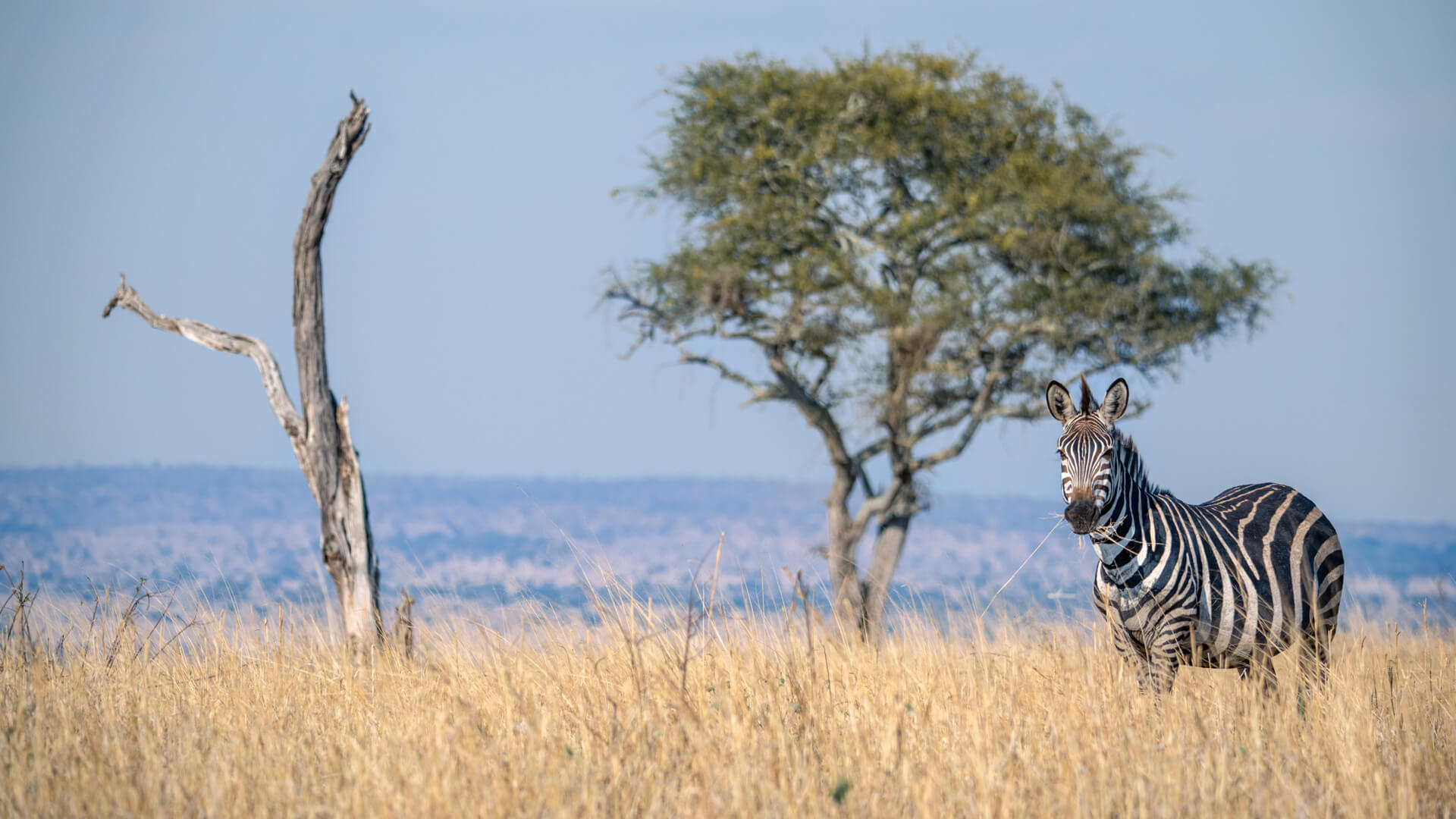
Weather and Climate
Tarangire National Park experiences a typical East African savannah climate, characterized by distinct wet and dry seasons. From June to October, the region enjoys the dry season, with clear skies, warm days, and cool nights. During this period, water becomes scarce outside the Tarangire River, drawing animals to its banks and making wildlife spotting easier. The short rains occur from November to December, followed by a brief dry spell in January and February. The long rains take place between March and May, transforming the park into a lush, green landscape teeming with newborn animals and migrating birds. Temperatures are relatively mild throughout the year, averaging between 18°C (64°F) at night to 30°C (86°F) during the day. While the park remains open year-round, muddy roads can make travel challenging during the rainy season, particularly in April and May.
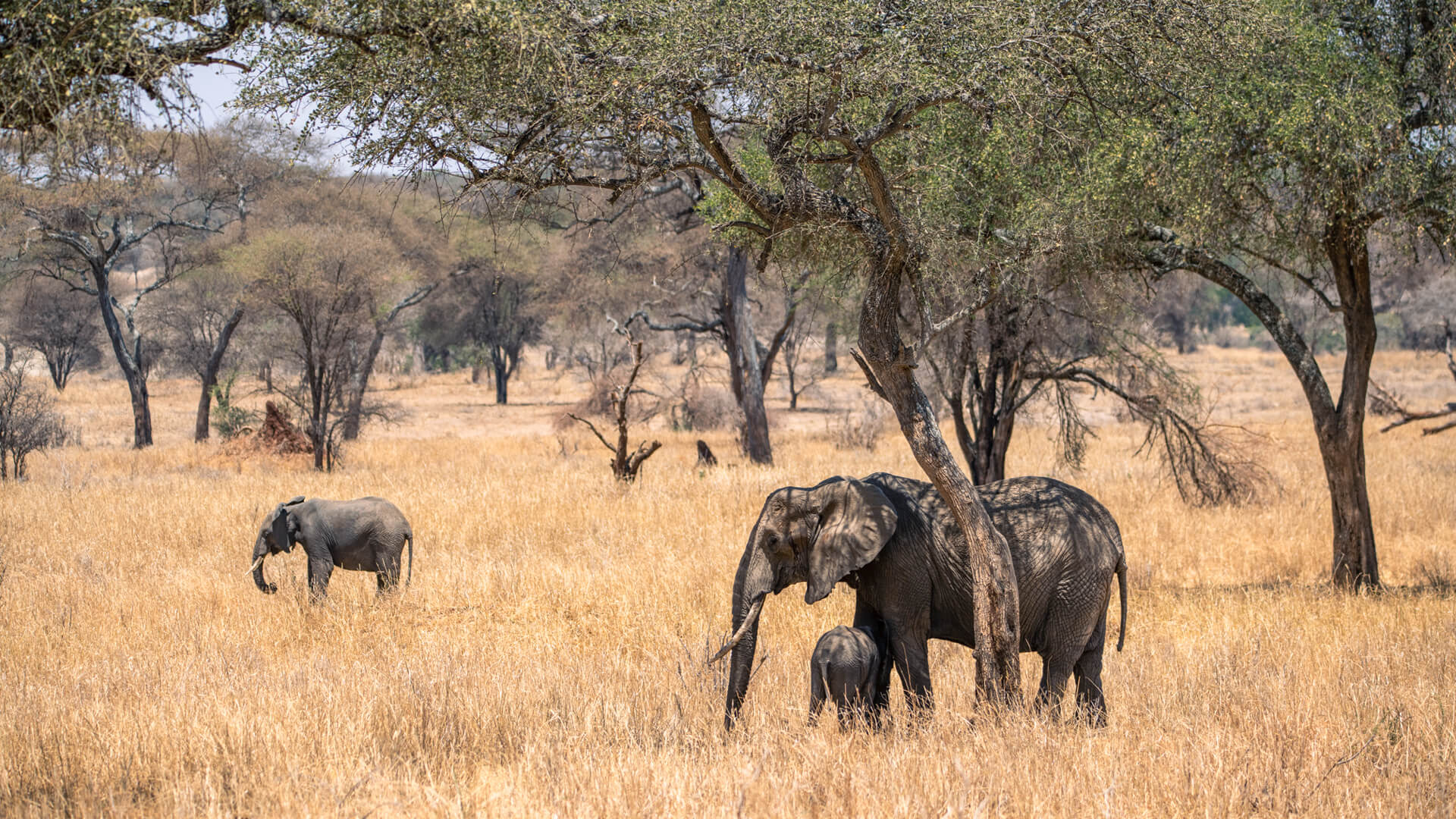
The Best Time to Visit
The best time to visit Tarangire National Park is during the dry season, from late June to October. During these months, wildlife is more concentrated around the Tarangire River and its waterholes, making animals easier to spot and photograph. The dry weather also ensures that most of the park’s roads are accessible, and the risk of malaria is lower due to fewer mosquitoes. Birdwatchers may prefer the wet season, especially between November and May, when migratory birds arrive, and the scenery is stunningly green. However, some roads can become difficult to traverse during the long rains in April and May. Ultimately, Tarangire offers fantastic wildlife experiences year-round, but visitors seeking optimal safari conditions and maximum wildlife visibility will find the dry season most rewarding. Nonetheless, the quieter periods of the rainy season can appeal to those seeking solitude in a lush environment.

